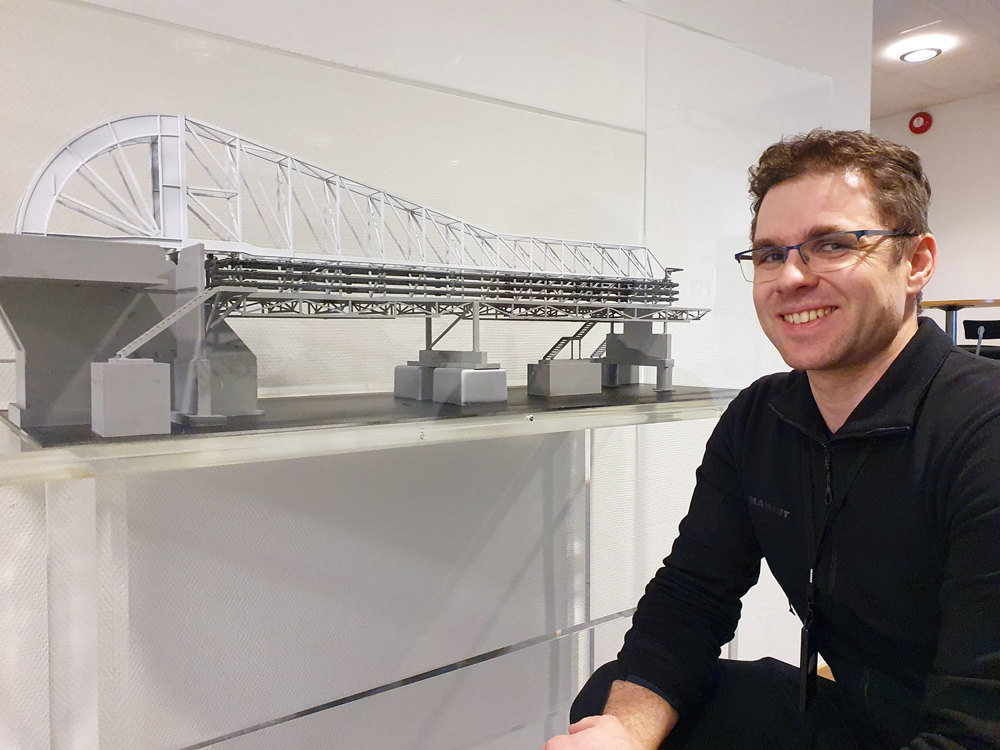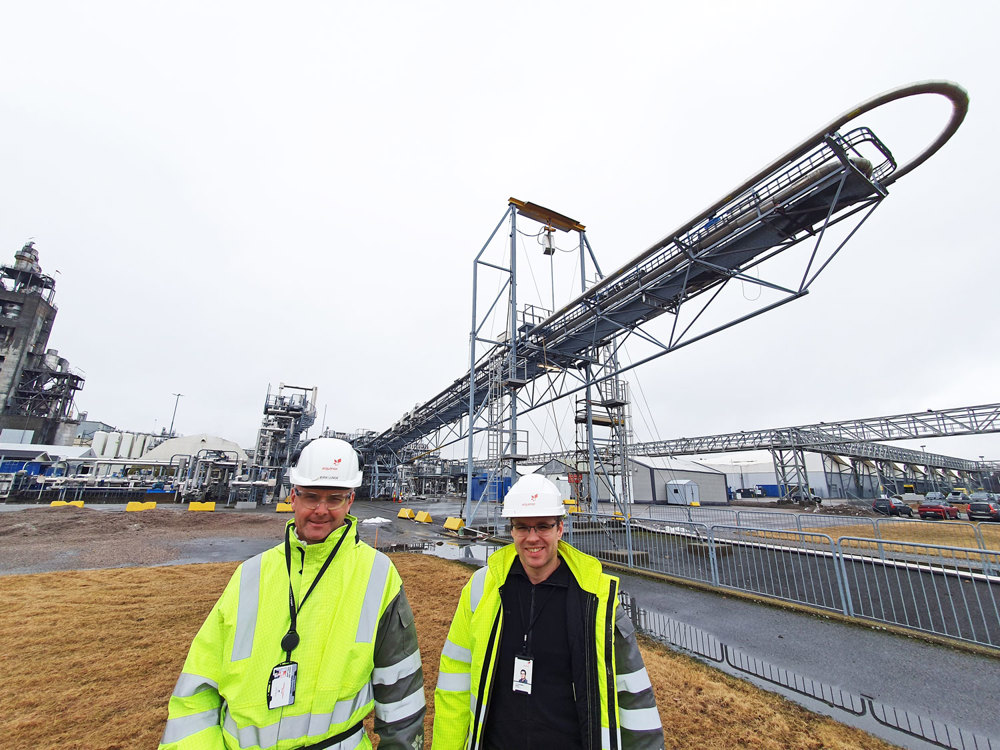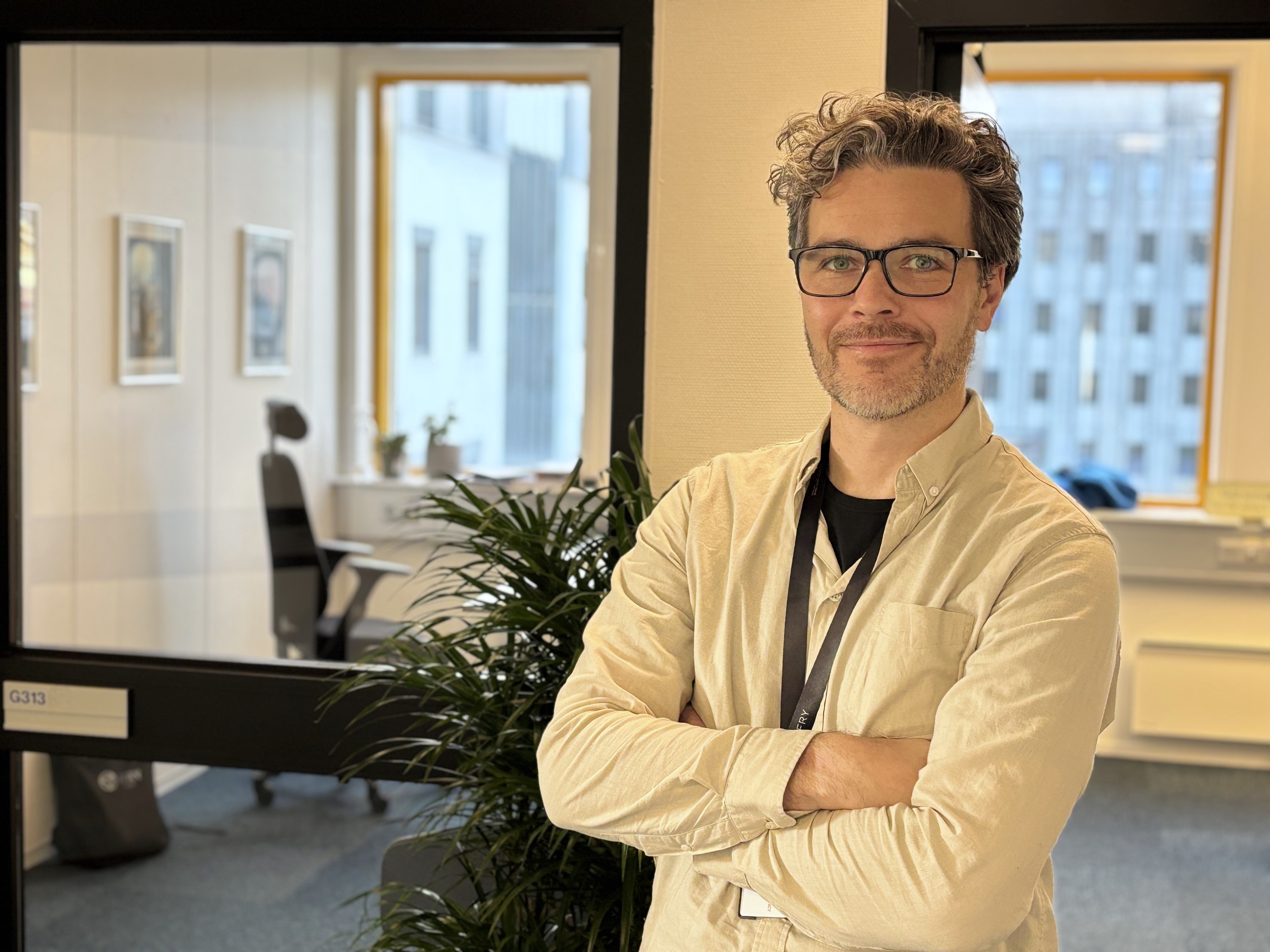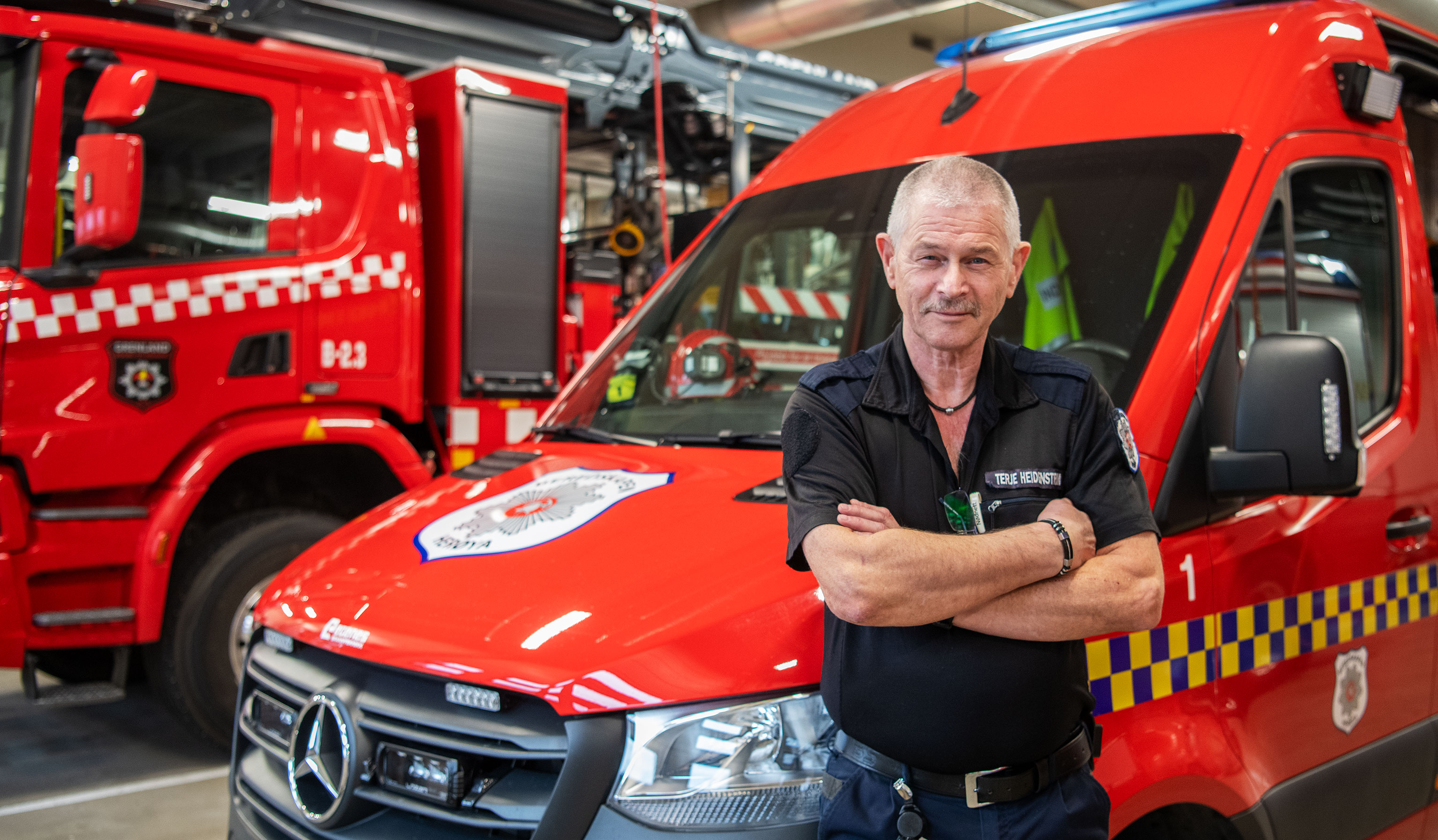Five major oil fields, including Johan Sverdrup, are first in line to use the rig when it is completed in 2024. The goal is to extract as much energy resources as possible from the oil fields with the least amount of CO2 emissions per produced barrel.
The best day at work ever
"This was the best day at work ever," says Eirik Lunde, manager of Equinor's lab and test facilities, and Tor Kjeldby, task lead in flow assurance. Both celebrated the good news with colleagues when the funding was announced.
Conduct experiments - roll out results
"The rig will be used to conduct experiments and roll out results quickly," says Tor Kjeldby.
He, along with colleagues in the pipe flow group, a special unit in Equinor, have been leading the plans for the new testing section. This is unique in the world as it enables experiments on all pipe angles, under high pressure, and with real well fluids extracted from the field.

Very relevant going forward
Kjeldby eagerly talks about relevance and applied research.
"Having control of larger angles and flow models is, for example, very relevant for late-stage optimization of the Norwegian continental shelf. This is also relevant for injection wells, for example, in connection with Norway's CCS initiative (CO2 capture and storage)."

Need help going forward
Equinor plans to start construction in 2023, and then start the rig next fall.
"We will start the sivil work this autumn," say the Equinor colleagues. "We do some design work ourselves, but the actual steel construction and lifting mechanism will be built by external contractors, so we will need a lot of help going forward. Sweco has been involved in the design and studies so far, and it is natural to think that Bilfinger and several local companies can be involved during the construction period."
"We look forward to see the rig in full scale - now the real work begins", they say.
12. April 2023




